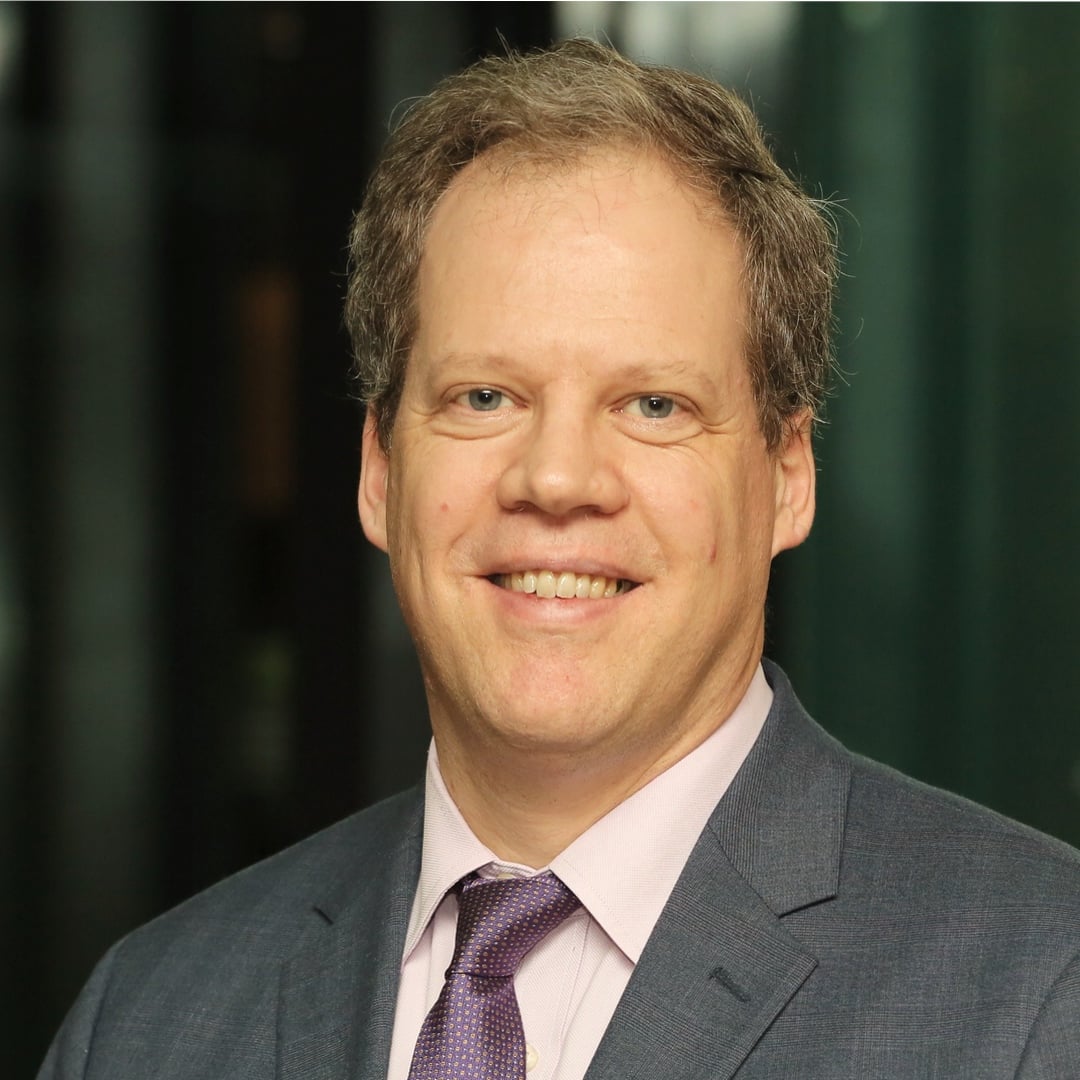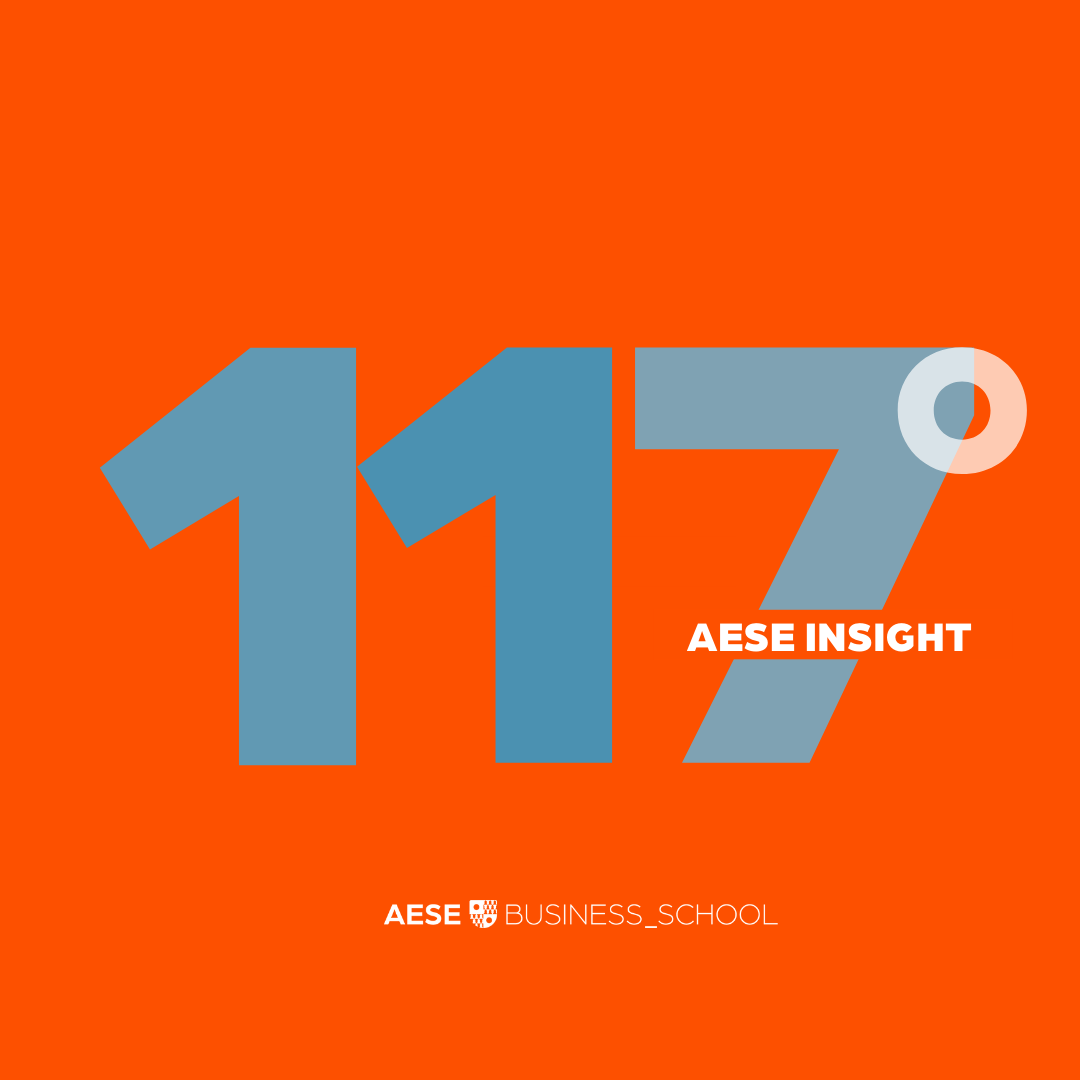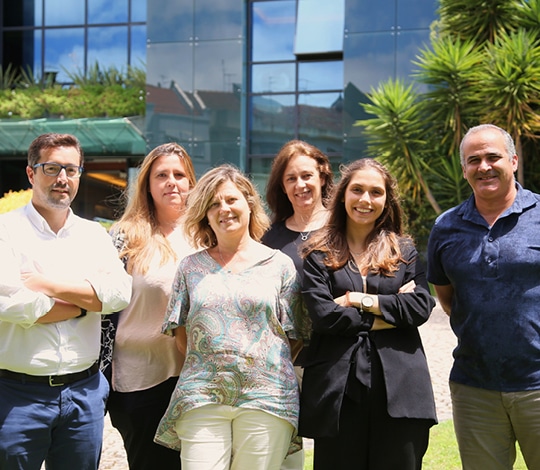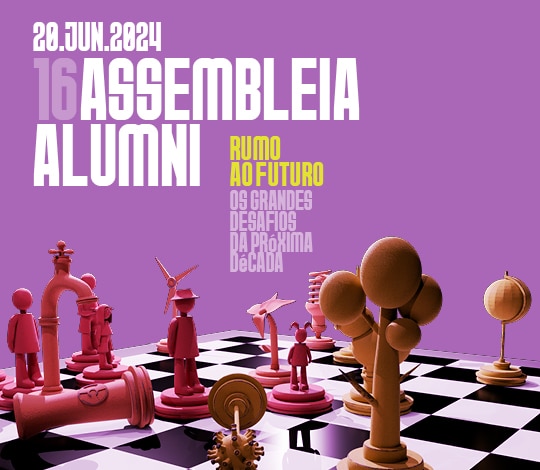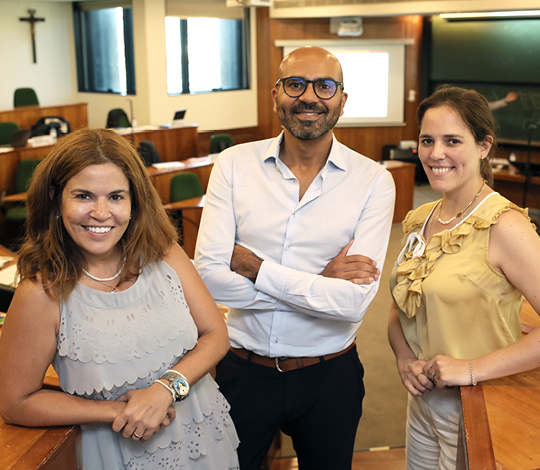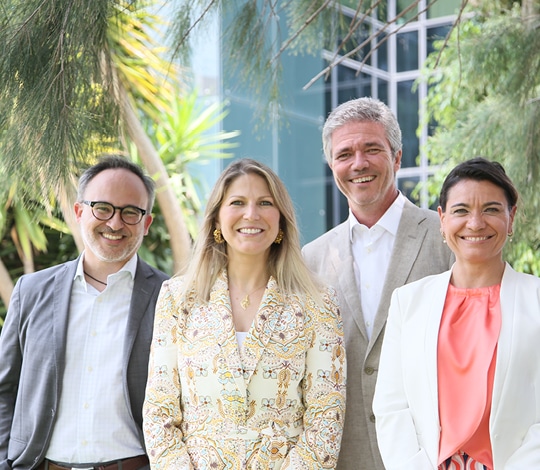Super-forecasting. The Art and Science of Prediction.
Recomendação de Adrián Caldart, Presidente do Conselho Académico e Responsável Académico de Política de Empresa da AESE Business School e Professor do IESE Business School
Drawing strongly on the work of Professor Philip Tetlock at the University of Pennsylvannia, where he is double-appointed at the School of Arts and Sciences and at Wharton Business School, the book “Super-forecasting. The Art and Science of Prediction.” provides a fresh look at the question of whether and under what conditions prediction with reasonable degrees of accuracy is possible.
In doing so, the authors take a deep look at the work of “Superforcasters”, individuals or teams that thrive in the art of forecasting. Tetlock and Gardner find that in addition to being strong in factors such as numeracy, intelligence and knowledge of the world, Superforcasters have a particular way of thinking that is open minded, careful, curious, self-critical and focused.
The authors’ state that advances in information technology increasingly help forecasters to overcome the human cognitive limitations and biases, yet not replacing human subjective judgement. In this sense, they cite one of his sources, an IBM’s Chief Engineer: “machines may get better at ‘mimicking human meaning’, and thereby better at predicting human behavior, but there’s a difference between mimicking and reflecting meaning and originating meaning (…) that’s a space human judgement will always occupy” (pg. 23).
The authors also bring some bad news for conventional “gurus” who make predictions that are exclusively based on subjective judgement, as they expect that those will lose relevance and popularity against the much superior approach to prediction consistent of a “team” of human expert/s paired with a computer.



